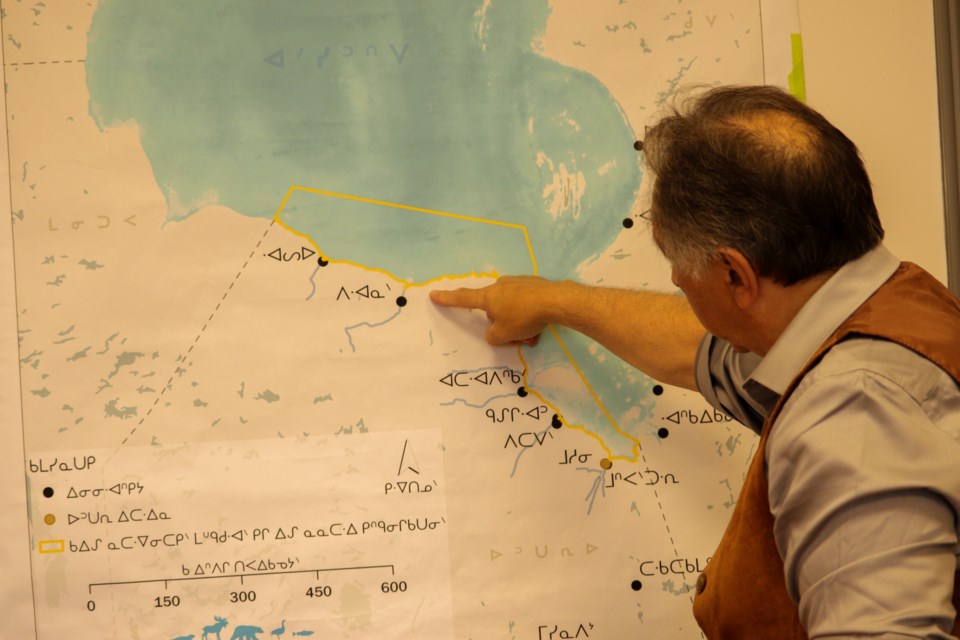Mushkegowuk Council is now vital to the National Geographic Pristine Seas expedition across the massive James and Hudson Bay strip.
About three major marine projects are going on in the region where about 10,000 people live.
Mushkegowuk Council is actively participating in one of them called Pristine Seas. In addition, four people from the Mushkegowuk area are deployed as polar bear guards and have been asked to stay on board until the whole trip around the bay is completed.
The polar bear guards are not just protecting people from a potential attack.
"They know where walruses, seals, etc. are. Because they know the area, they help them identify different species," said Martin.
The Pristine Seas project is creating jobs.
"Once the project is finished, we are going to manage it. So there will be jobs available as environmental monitors and technicians," Martin said.
The National Geographic Pristine Seas Expedition team consists of scientists, filmmakers, and policy experts studying the crucial marine ecosystem in the region. Along with the Indigenous leadership, the federal and provincial governments and Oceans North are also collaborating on the project.
The 67-metre icebreaker ship, the Polar Prince, with an onboard research lab and another ship — William Kennedy — are part of this project.
The expedition in the Nunatsiavut, Churchill, Mushkegowuk, and Nunavik areas started July 5 and is expected to run until Sept. 2.
The carbon sampling fieldwork in Hudson and James Bay is being conducted in collaboration with Mushkegowuk, researchers from McMaster University, and WWF-Canada.
The first phase of fieldwork measuring carbon in the peatlands/muskeg was held in the Moose Cree, Fort Albany, and the Kashechewan areas from July 6 to 18. Phase two involves Attawapiskat and Peawanuck and is scheduled for September. A total of 50 samplings are being done in the five communities.
The Mushkegowuk study area comprises 1,290 kilometres of coast and 91,00 square kilometres of offshore waters. This area is well-known for its biodiversity. More than 170 species of geese, many ducks, and shorebirds are seen here. In addition to that, this area is popular with various types of seals, fishes and polar bears.
READ: National marine project moving ahead
The peatlands/muskeg in Hudson and James Bay are one of the largest in the world. The area is important because the time taken for dead plants to break down in these wet environments is more extended, allowing carbon to be safely stored.
However, Martin said, this area has been known as 'breathing land' in the Indigenous community for thousands of years.
At the end of the project, the organization is hoping for a new National Marine Conservation Area (NMCA). It will save the biological diversity, help study climate change, and emphasize the importance of traditional ecological knowledge of the Indigenous population.
RELATED: Marine conservation areas a goal for federal government
SEE: Parks Canada, Mushkegowuk Council sign agreement regarding national marine project
Even if the proposed area becomes an NMCA, it will not hurt the local Indigenous communities.
"They can still do what they do. They can fish, they can hunt and trap," said Lawrence Martin, Mushkegowuk Council's marine conservation manager.
Martin noted that no oil or gas drilling is allowed in the area when there is a protection status from the federal government. The passage of oversized commercial shipping would also be banned.
The $3 million funding for these projects comes from organizations like Moore's Foundation, Oceans 5, Oceans Kind, and Oceans North. Another $3 million is funded by the federal government.



